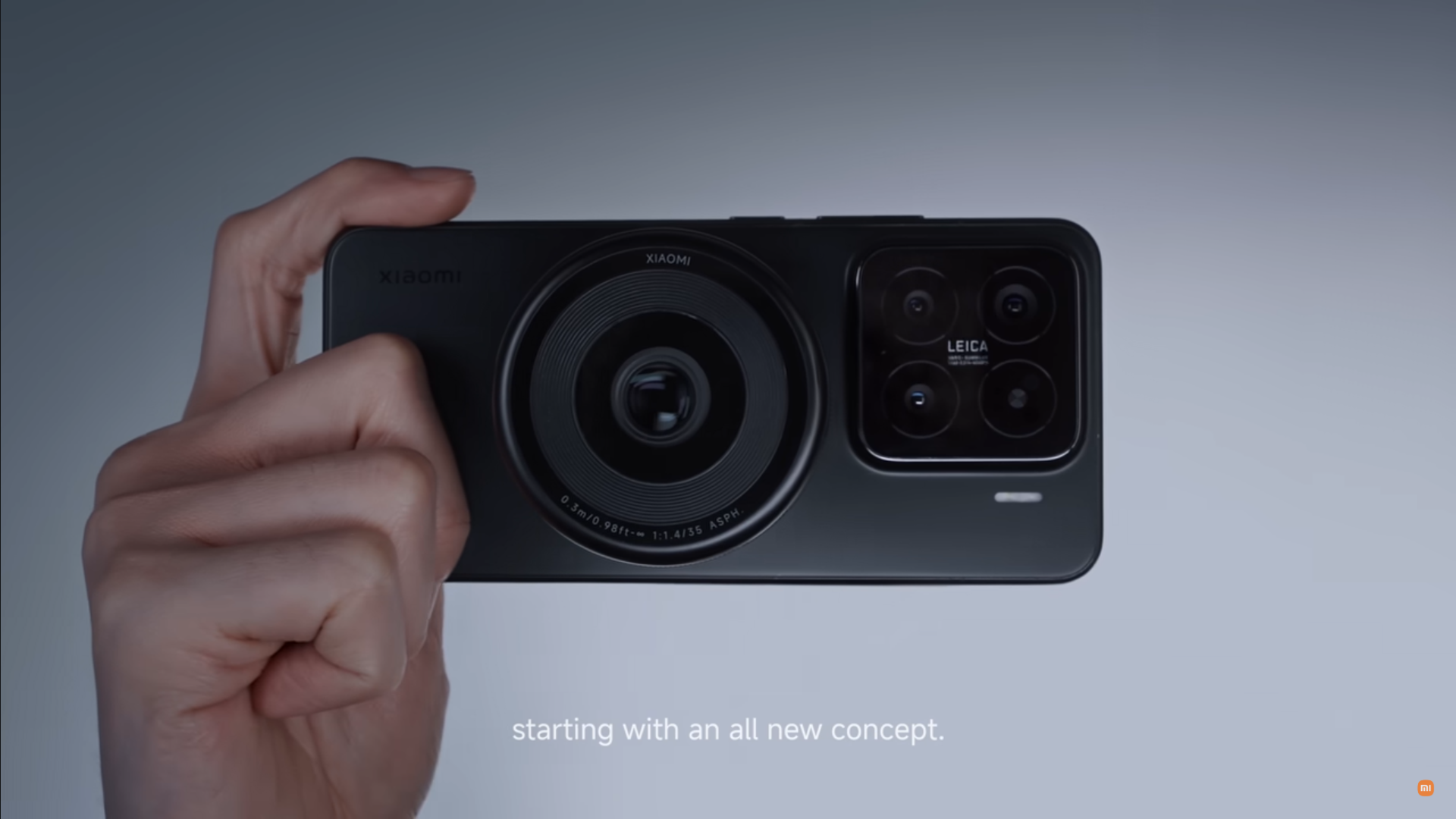
Smartphone photography has undoubtedly come a long way. Heck, some flagship phones can rival professional cameras, at least in certain conditions. But at this year’s Mobile World Congress, Xiaomi and Realme took things to a new level. They introduced concept phones that allow you to attach high-quality camera lenses to smartphones. While it looks cool at first sight, it raises a big question: Are these innovations a step forward, or are they defying the very purpose of phone photography?
Xiaomi Vs. Realme’s Modular Lens Concepts
Xiaomi’s modular optical system introduces a magnetic lens attachment that integrates seamlessly with the phone. This means you can snap on a lens when needed and remove it when you don’t. Xiaomi’s prototype was based on a modified Xiaomi 15, featuring a 100MP Light Fusion X MFT sensor and a 35mm f/1.4 lens. The system uses LaserLink, a 10Gbps optical transmission system, ensuring that the phone processes the images as if the lens were built-in.
Realme, on the other hand, takes a different approach. Their interchangeable lens concept is built around a one-inch Sony sensor with no built-in lens, allowing users to attach Leica M-mount lenses. This effectively turns the phone into a mirrorless camera body, letting you swap between professional-grade lenses. However, the setup is bulky and impractical, with the weight distribution making it challenging to hold and operate smoothly.
History suggests this concept isn’t entirely new. As Liliputing notes, Motorola tried a similar approach in 2016 with Hasselblad Moto Mod. Sony also experimented with clip-on camera lenses even earlier. Even Xiaomi itself introduced a similar concept in 2022. None of these took off, mainly because people seem to prefer all-in-one solutions over modular systems.
Why Phone Photography Works: The Essence of Convenience
If you ask me, the entire appeal and point of phone photography lies in having a capable camera always in your pocket. But these modular systems introduce bulk and complexity. They essentially transform a smartphone into a camera, so, at that point – why not just carry a camera?
The core appeal of smartphone photography isn’t about image quality, although it has become pretty darn good over the years. Its convenience, accessibility, and spontaneity make phone photography attractive. In my own experience, I moved away from carrying my Nikon DSLR everywhere because my phone was simply more practical. Not to mention more lightweight. 🙂 I plan to switch to mirrorless soon, so I’ll have a lightweight camera. So, if I added a dedicated lens to a phone and carried it around… Once again, I ask – why not just bring a camera with me?
The Bottom Line: Innovation or Gimmick?
Don’t get me wrong, I think these concepts are fascinating and demonstrate how far smartphone photography can push boundaries. Xiaomi modular phone approach, with its magnetic attachment and proprietary tech, is even a pretty elegant solution (certainly more than Realme’s). However, I still think smartphone users prioritize ease of use and convenience over modularity. Some enthusiasts and tech geeks may embrace these innovations, but for the average consumer, they might be too impractical to ever go mainstream.
Would you consider using a modular lens system on your phone, or is it just too much hassle? Let’s discuss.



